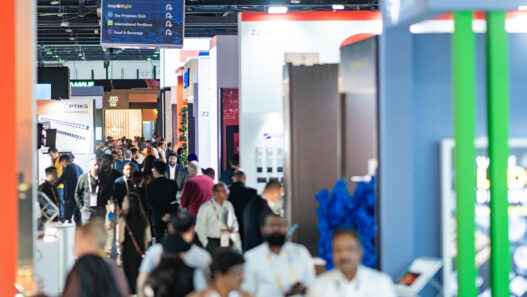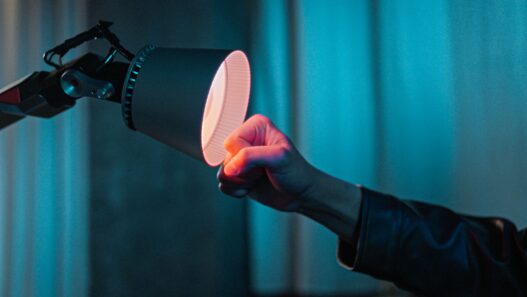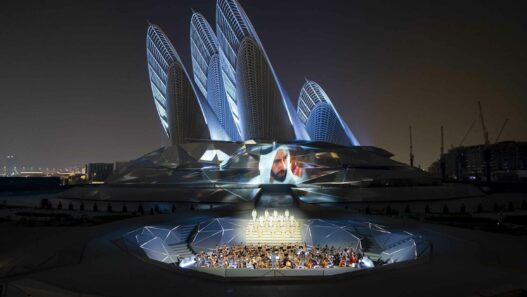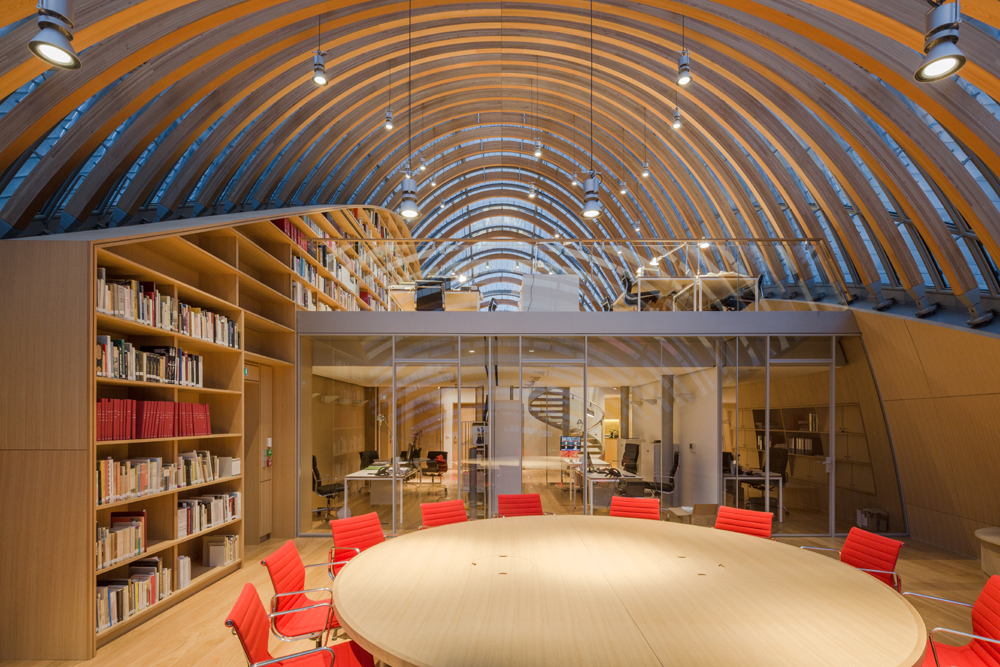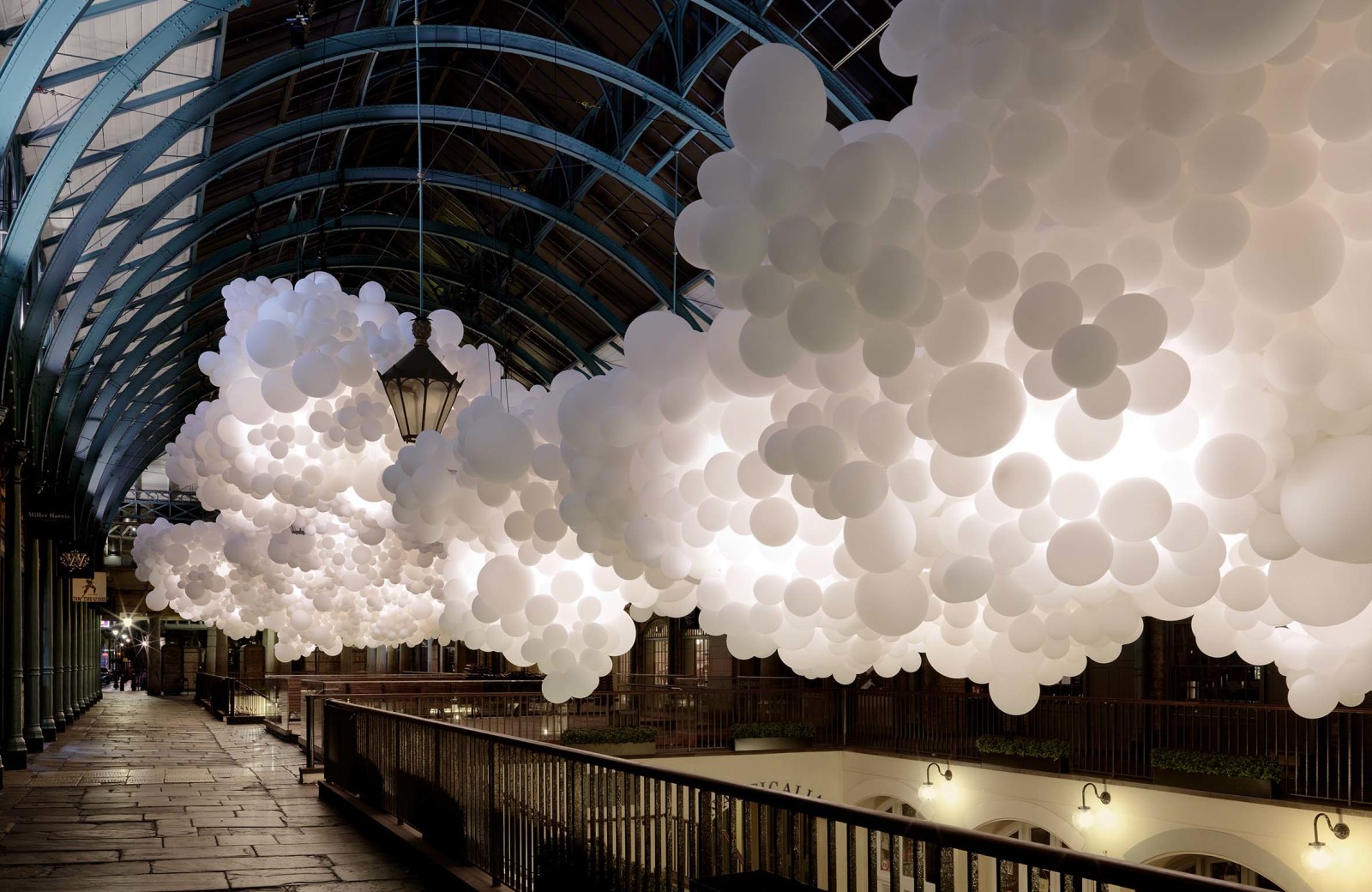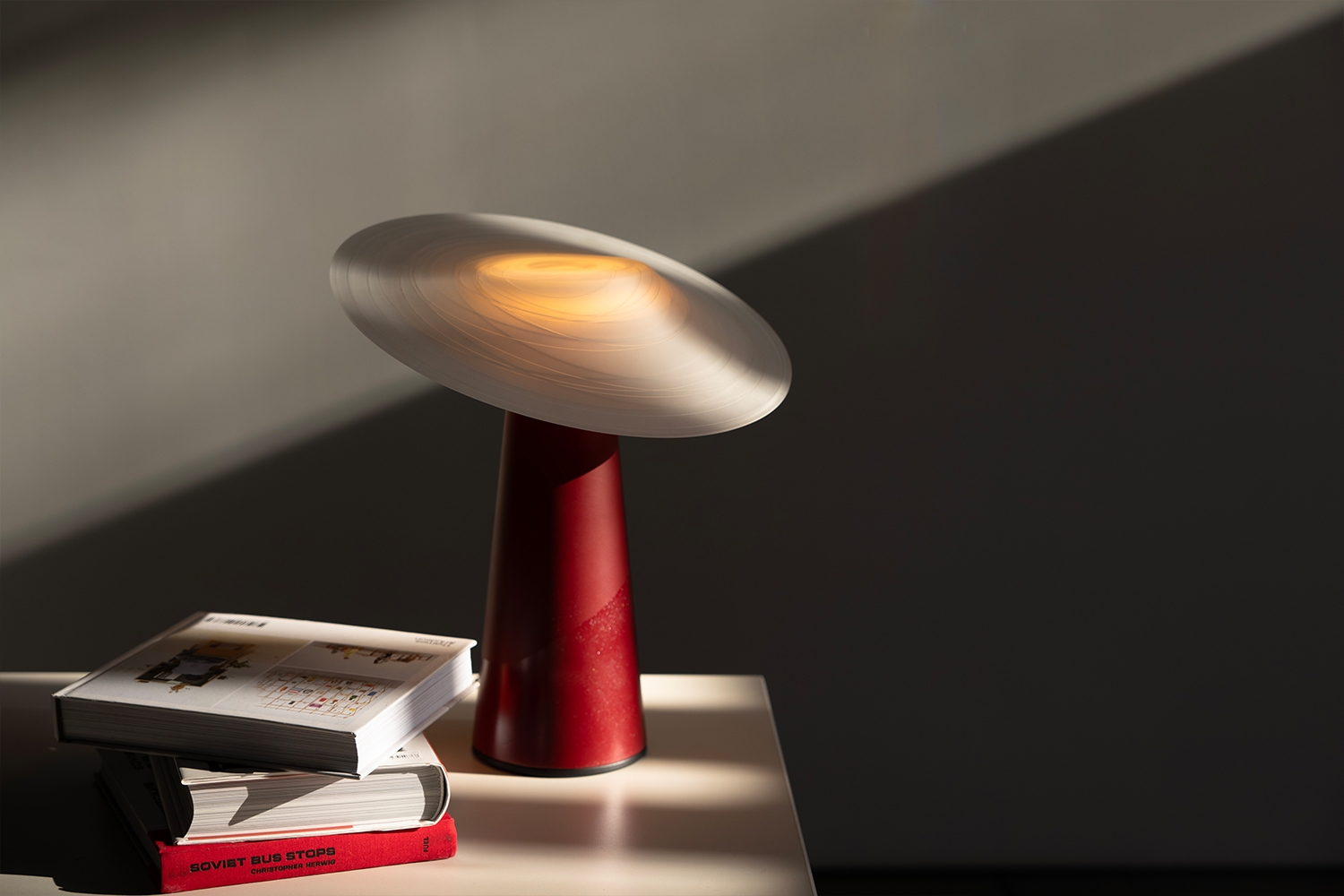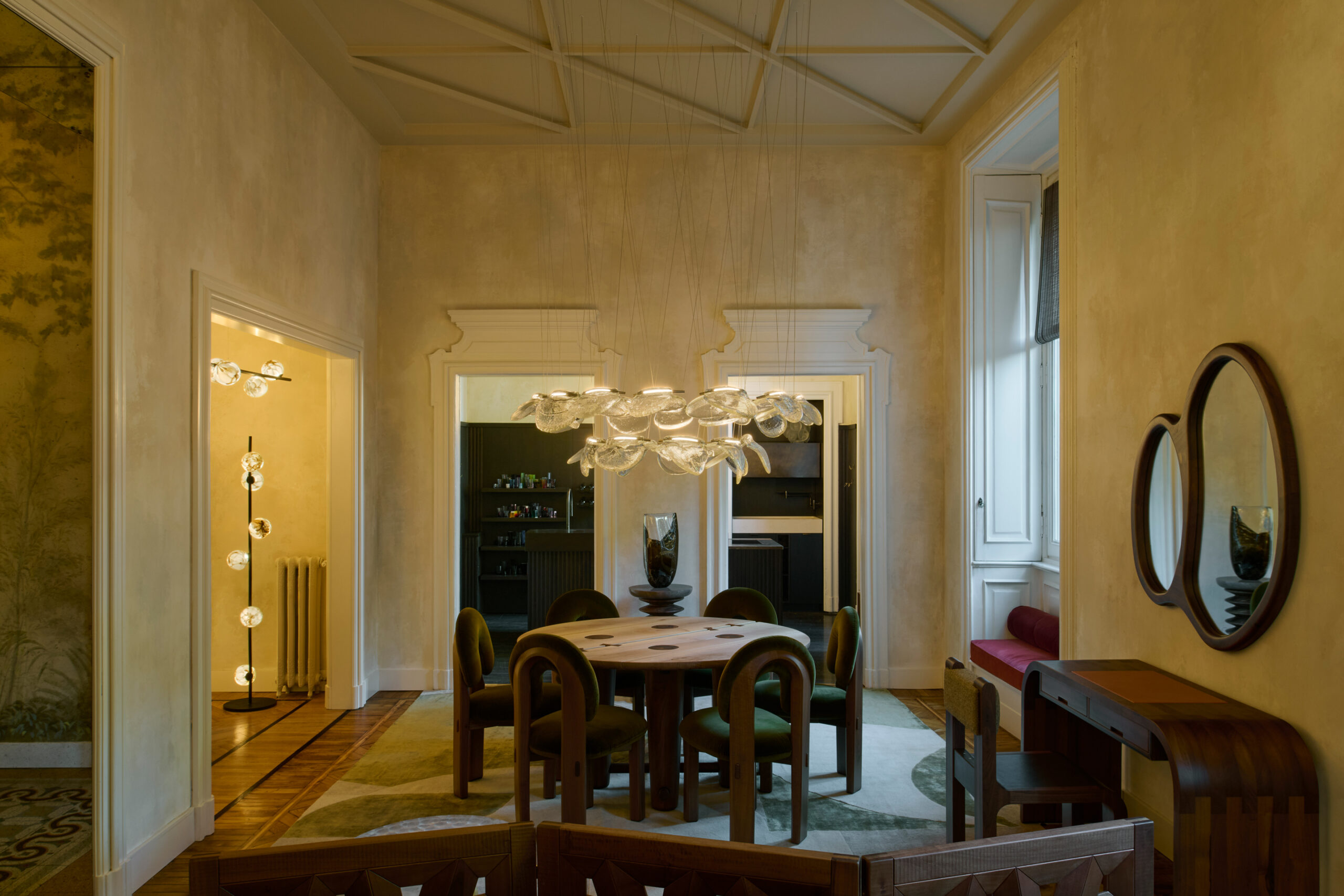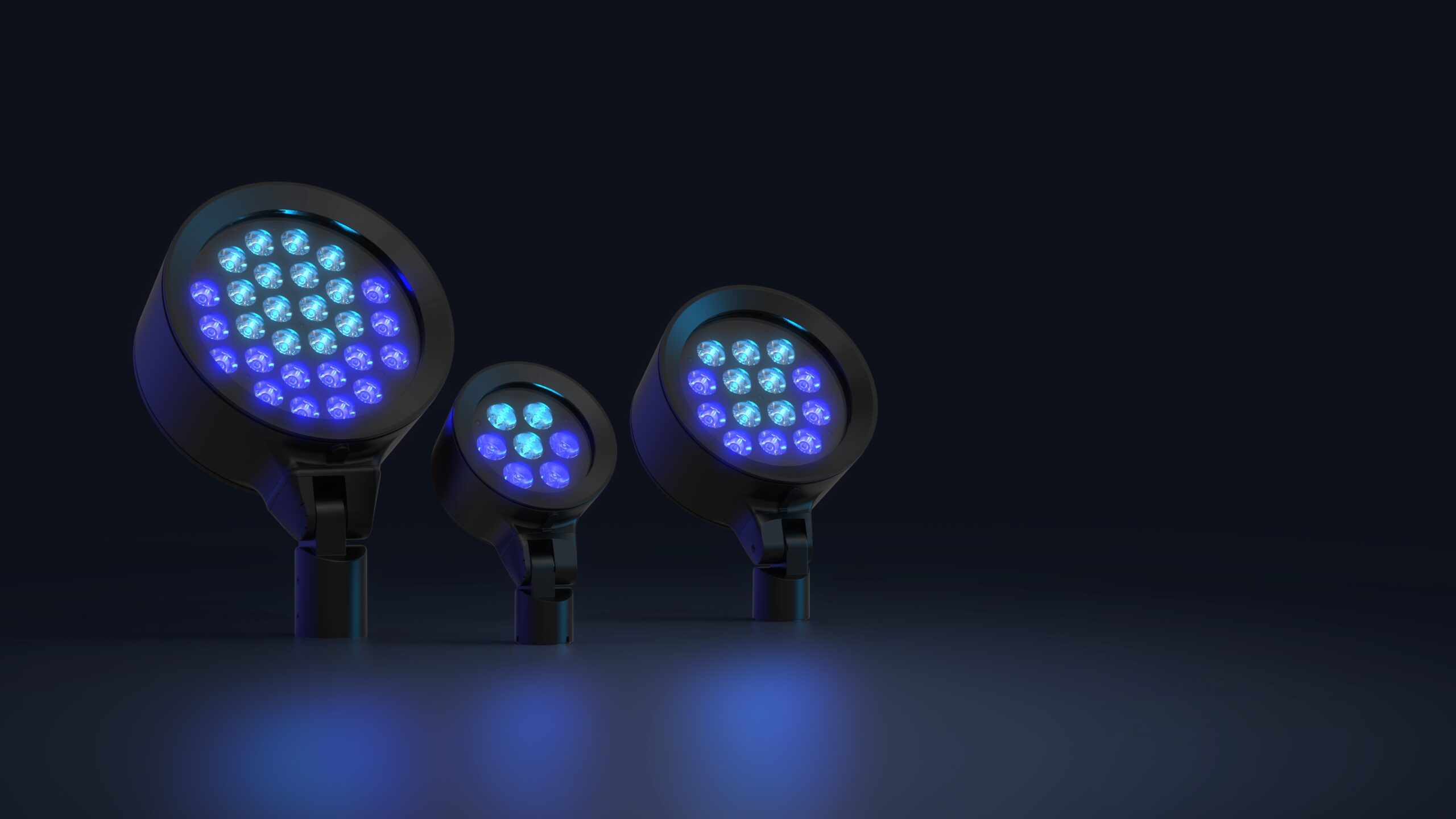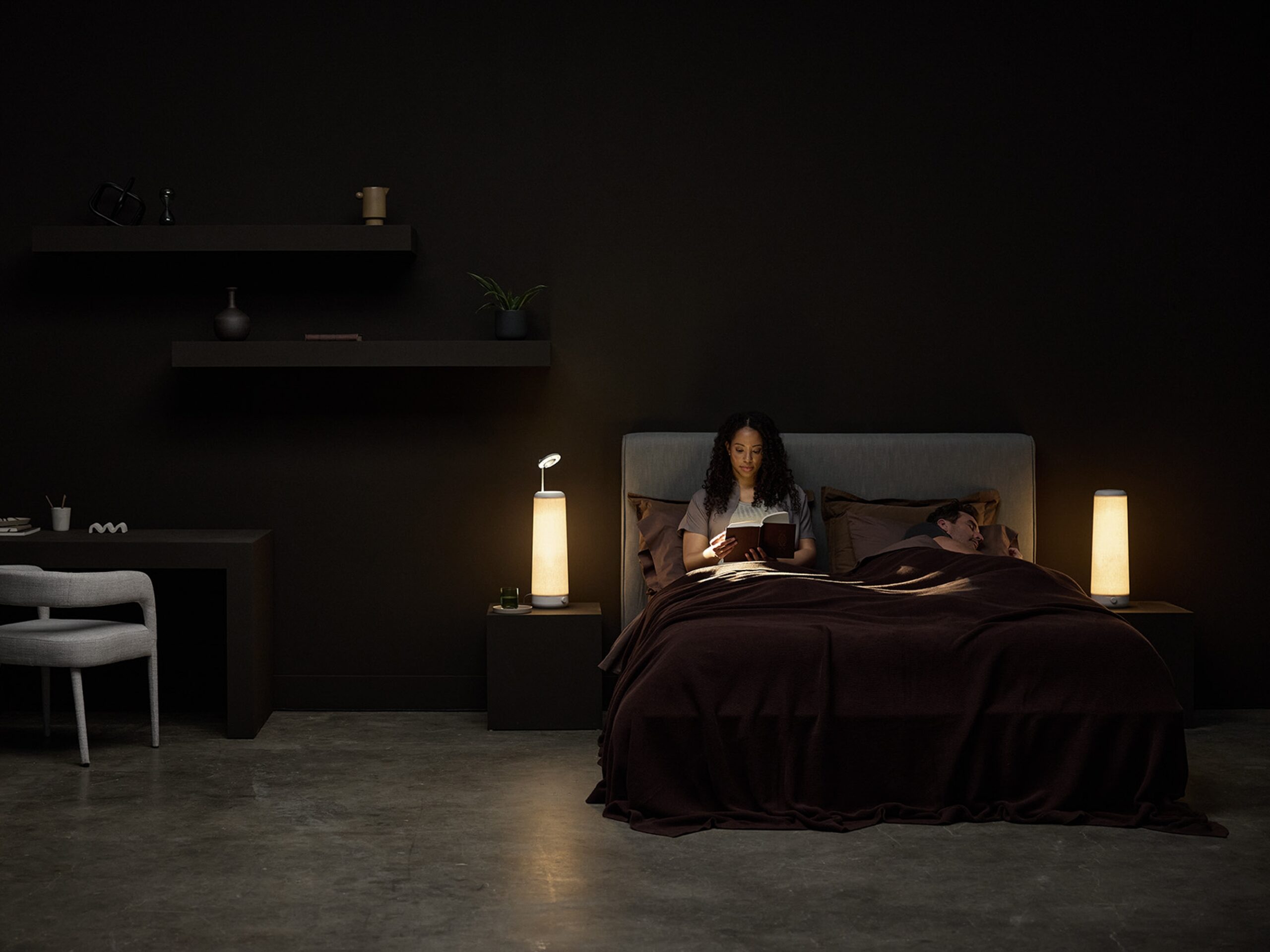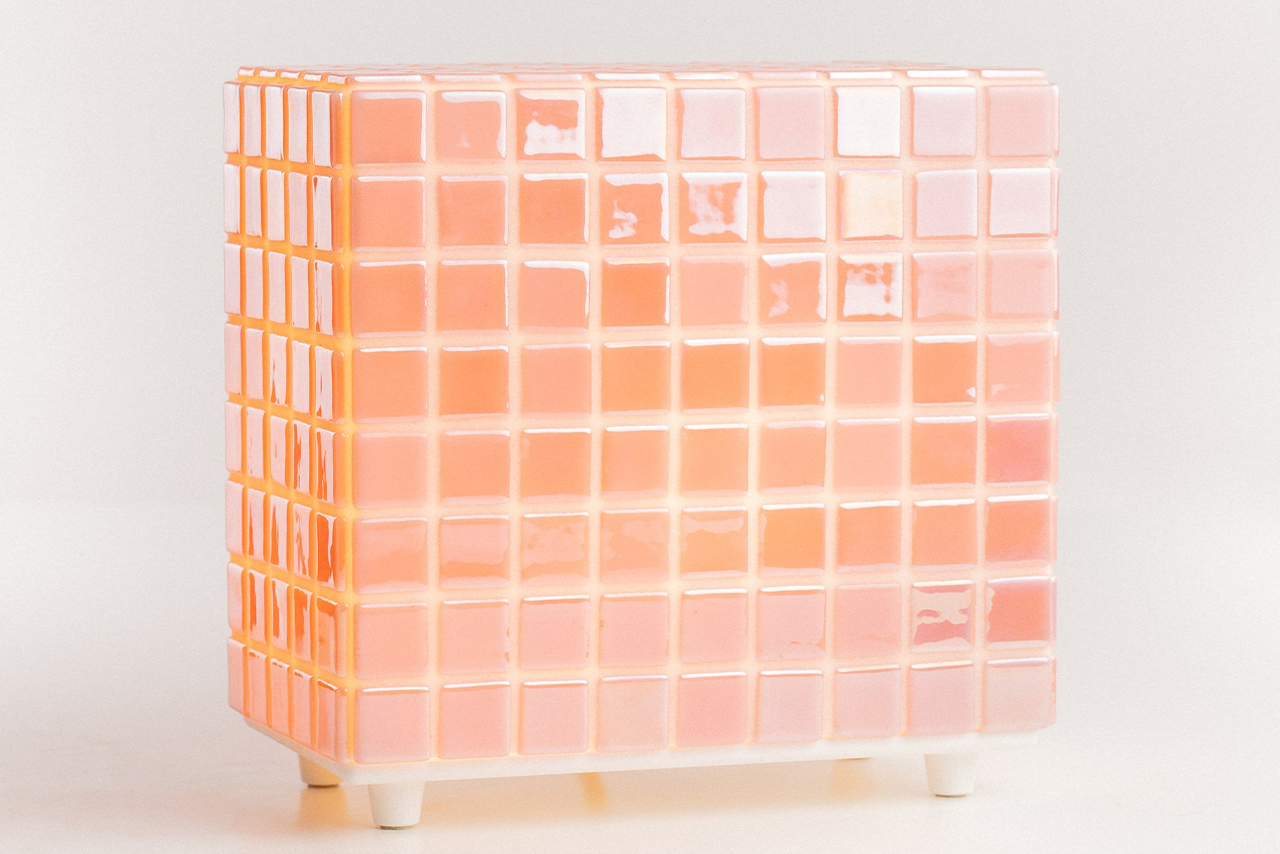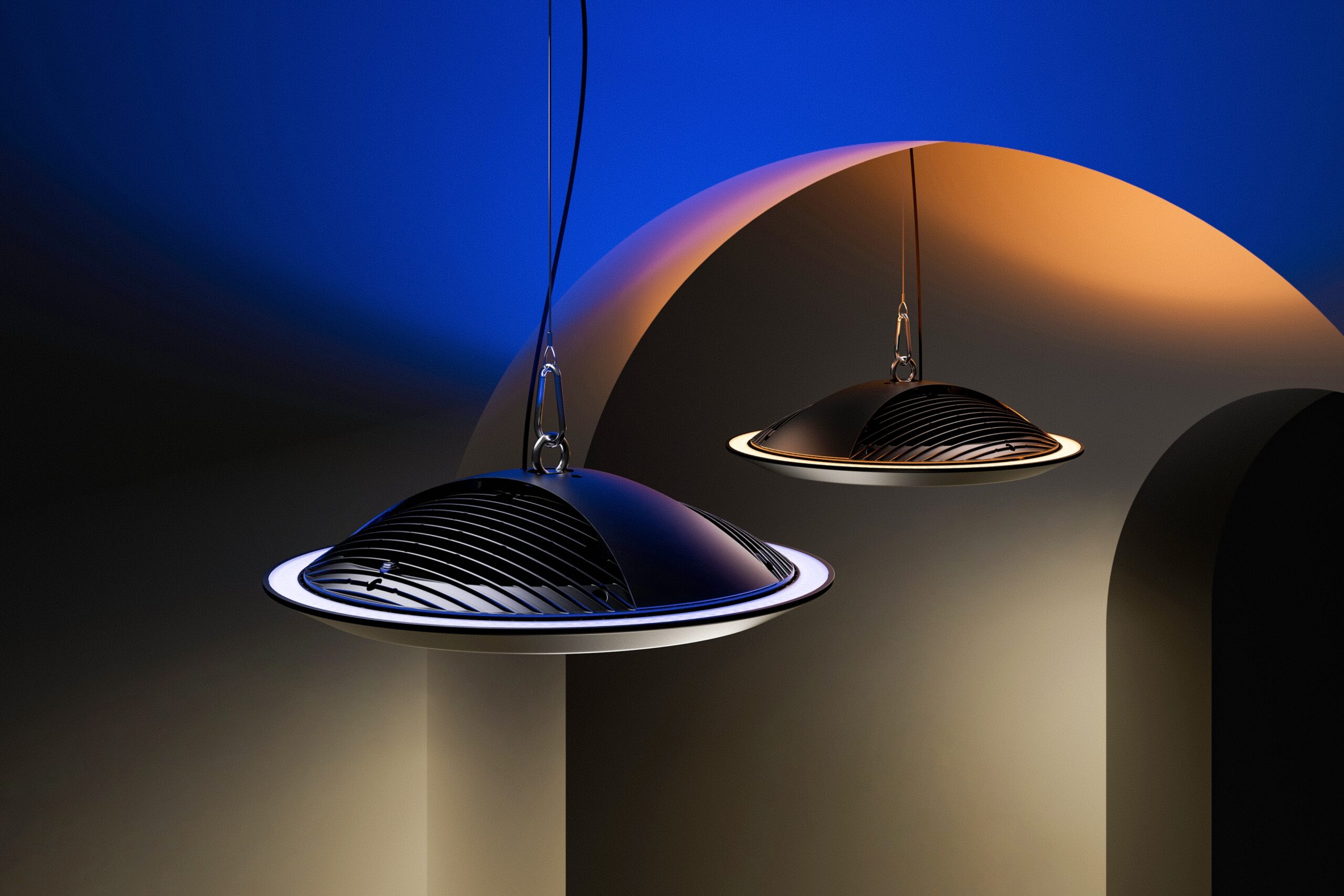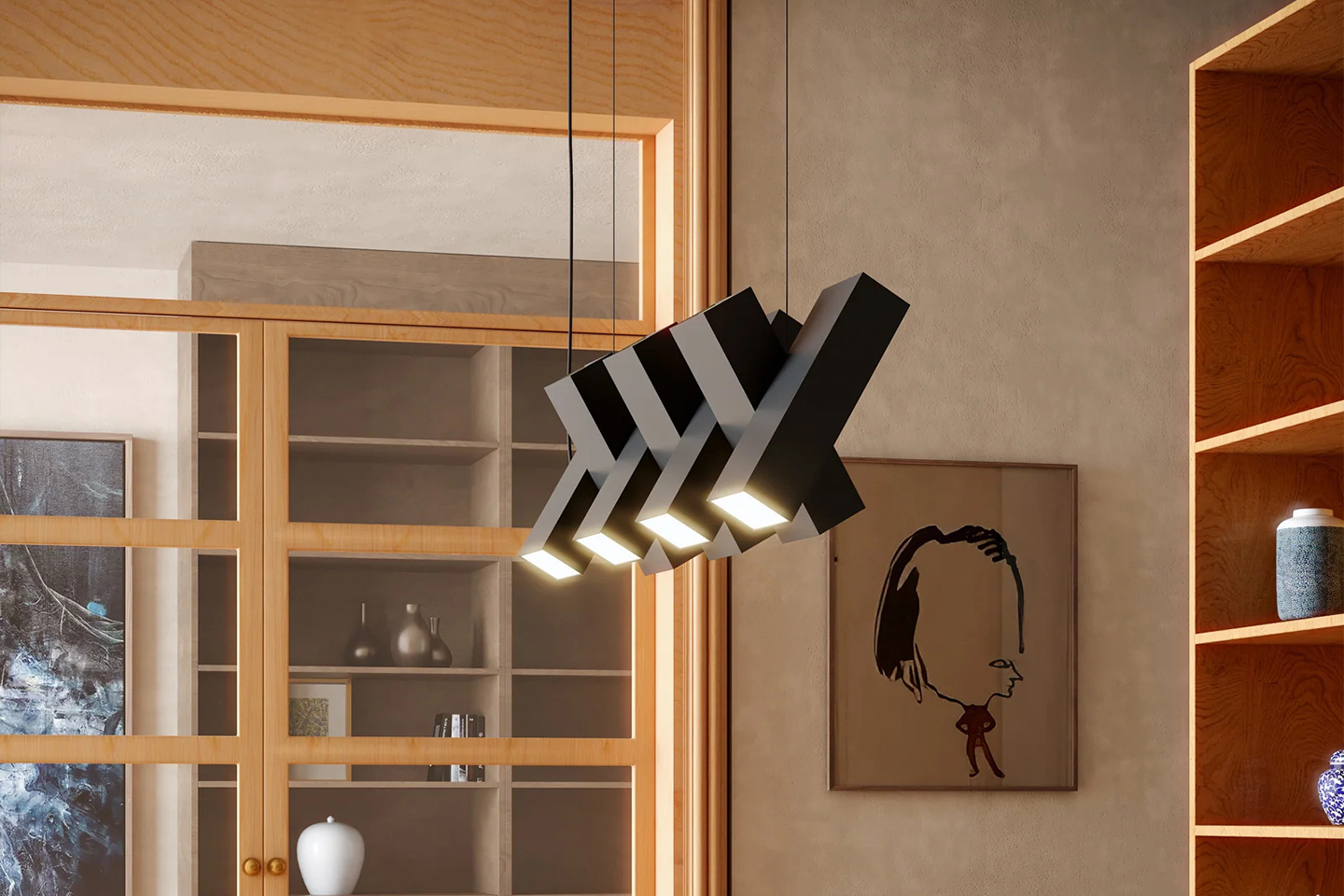In the design of Le Perroquet, we encounter a luminaire that attempts to strike a balance between industrial brutality and visual delicacy, yet that equilibrium rarely crystallizes. The conical light emitter and cylindrical body, working in tandem with the U-shaped yoke, feel like a page taken straight from the manual of mechanical design. But it lacks the boldness to turn that page. This fixture is more obedient than questioning, and that might be its most critical flaw. In a context where architectural lighting should provoke, this design retreats. In a contemporary landscape where light is used not merely for illumination but to construct spatial identity, Le Perroquet feels overly cautious, almost too safe to matter.
From a performance standpoint, the bi-directional rotation and fin-like heat dissipation system are notable. However, these are not new breakthroughs but long-standing standards in the realm of technical lighting. There is nothing about Le Perroquet that suggests innovation in beam shaping or light modulation. Its output is accurate but lacks any trace of personality. It does not experiment with color temperature. It does not curate tonal variety. It does not elevate the interplay of light and shadow to anything beyond projection. Its precision is clinical, not poetic. It offers control but avoids emotion. Compared to the kinds of fixtures critiqued on platforms like Designboom, this luminaire might have felt relevant in 2010, but today it lacks the creative audacity to transform space into an immersive lighting experience.
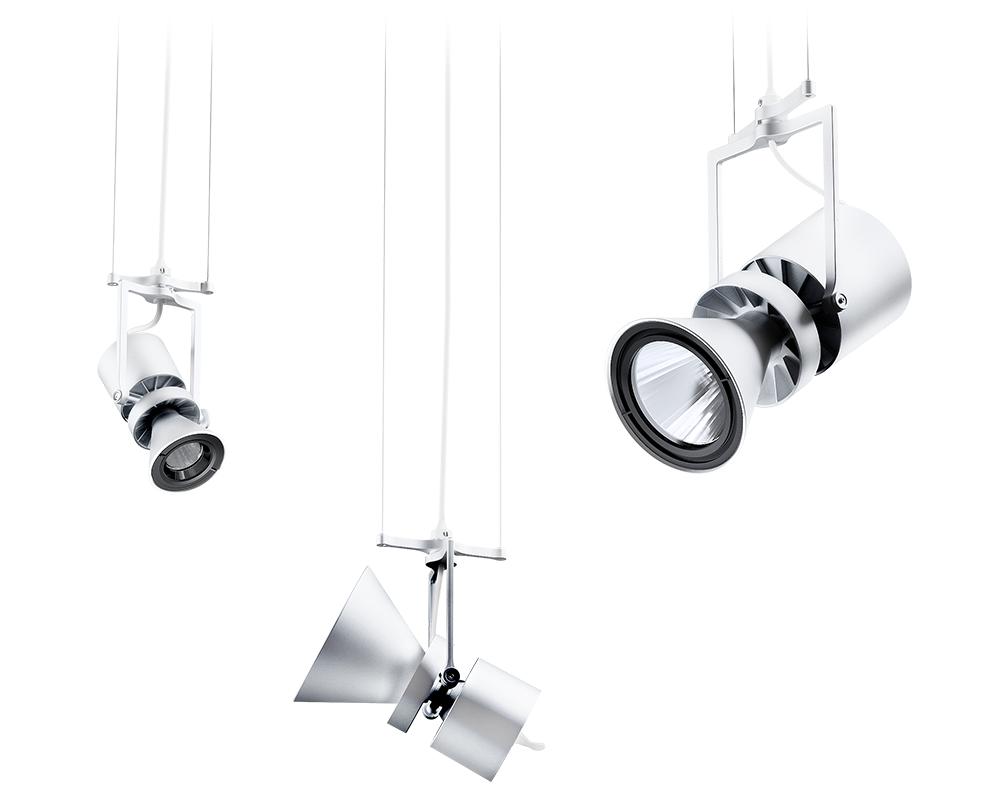
In terms of gestalt, the fixture makes an effort to unify elements that do not complete one another but merely coexist. The ratio between body length and aperture fails to create the kind of visual tension that holds the viewer’s attention. The support arms return to a strictly industrial language, engineered for function yet devoid of graphic clarity or form-based presence. This absence of aesthetic articulation in the connectors and joints those areas that, in suspended lighting, could become poetic gestures is a major shortcoming. Material quality and surface finish cannot compensate for this gap. As a result, the object has no memory and no authorship. It does not linger in perception, nor does it contribute meaningfully to its environment.
From a sustainability perspective, the use of die-cast aluminum may seem pragmatic, but it raises an essential question. Is this truly an ecological choice, or simply a technical one made for durability? There are no signs of modular thinking here. No replaceable components. No upgradable modules. No material options. Everything is sealed and predetermined, which limits the product’s future. In a design era that values openness and adaptability, this luminaire feels closed-off and tied to a past logic. It is solid, yes, but it does not evolve.
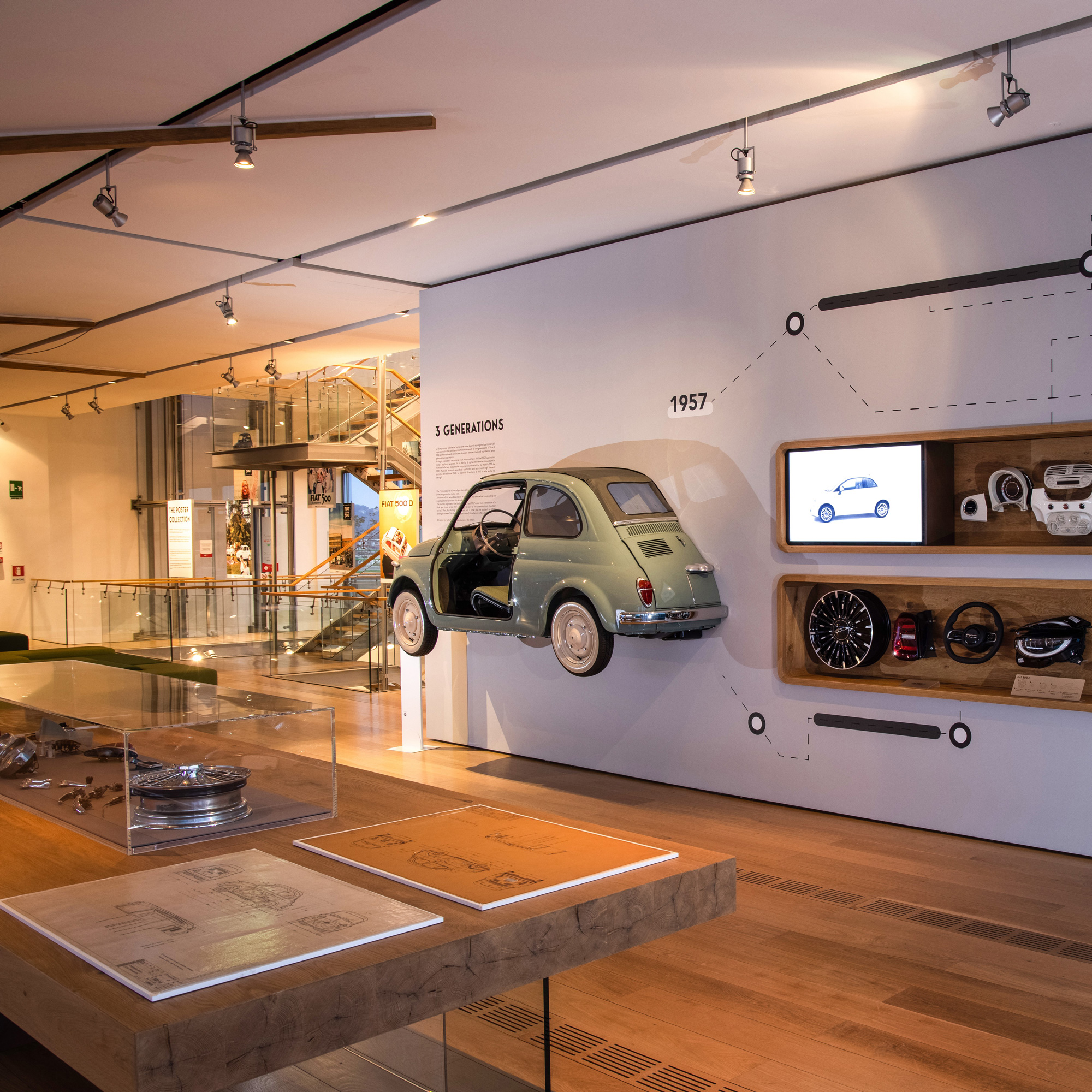
Ultimately, Le Perroquet is a luminaire you can rely on, but not one you would look to for inspiration. It functions, but it does not speak. It lights the space, but never questions it. It is like a technician precise, methodical, dependable yet devoid of the artistic impulse. In lighting design, functionality is essential, but it is not sufficient when the goal is to articulate space. This fixture does not articulate. It merely operates.
Brand : iGuzzini
Designer : Renzo Piano




